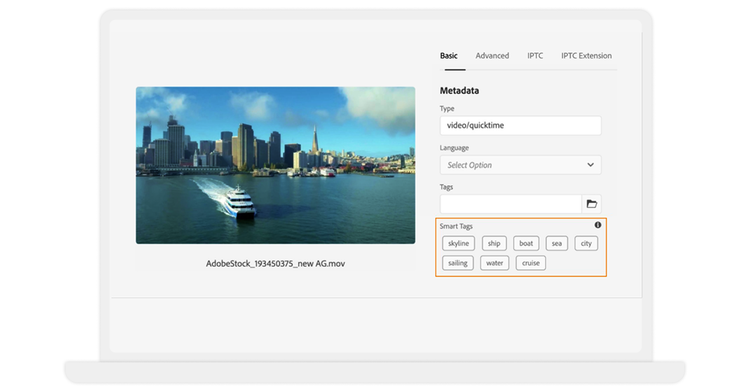Smart tags help teams organize digital assets more efficiently by automatically labeling files with relevant metadata. While smart tagging is a powerful feature within many digital asset management (DAM) systems, it's often overlooked or underutilized.
Maybe you’ve seen smart tags in your DAM but haven’t explored how they work. Or perhaps you’re evaluating ecommerce tools and want to understand how smart tagging could streamline operations and improve customer experience.
This article will help you understand smart tagging and how it can strengthen your digital assets by streamlining the data organization and management process.
This post will cover:


